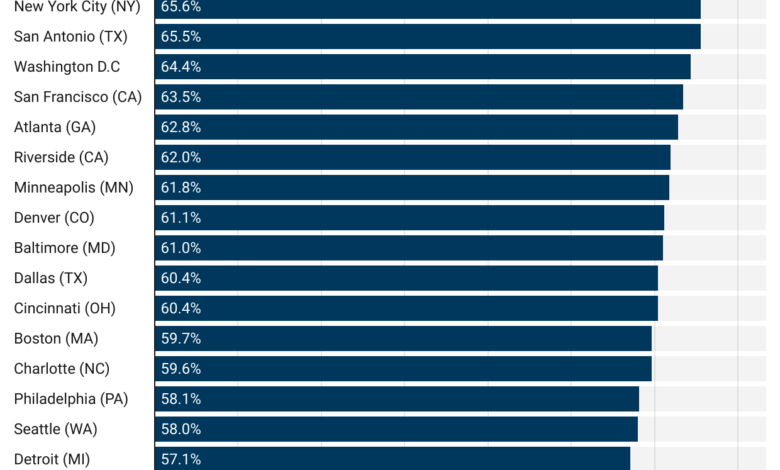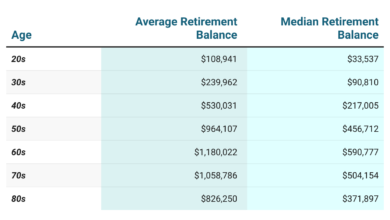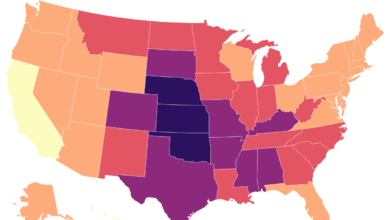High Rent Hits Gen Z Hard: 3 in 5 Struggle With Affordability

Nearly 60% of Gen Z renters in the U.S. are rent-burdened, spending over 30% of their income on housing. San Diego, Los Angeles, and Sacramento top the list of cities with the highest proportion of rent-burdened Gen Z renters.
In many major Southern metro areas, Gen Z renters today are more likely to be rent-burdened than Millennials were a decade ago.
Meanwhile, New York City continues to rank among the most unaffordable rental markets in the country. Roughly two-thirds of Gen Z renters there are rent-burdened — a rate nearly identical to what Millennials experienced when they came of age ten years earlier.
As Gen Z renters continue into adulthood, they’re navigating a tough housing market. While the post-pandemic labor recovery brought rising wages, surging rental demand and limited supply have caused rents to rise even faster. Since 2019, asking rents across the U.S. have increased 1.5 times faster than wages, according to a recent analysis by Zillow® and StreetEasy®. In New York City, the disparity is even more extreme — rents rose 7.4 times faster than wages last year, the highest gap in the country.
This rapid rent growth has made it increasingly hard for young adults to keep housing costs — including rent and utilities — under 30% of their gross income, the threshold used by the U.S. Department of Housing and Urban Development to define “rent-burdened.” According to StreetEasy’s analysis of U.S. Census Bureau data, nearly 58.2% of Gen Z renters (ages 18 to 25) nationwide now spend more than that on housing.
In each of the 30 largest U.S. metro areas, at least half of Gen Z renters—those aged 18 to 25 in 2022—were rent-burdened, meaning they spent more than 30% of their income on rent. Even in Pittsburgh, the least rent-burdened metro, nearly half (49.8%) of Gen Z renters exceeded this threshold.
San Diego and Los Angeles topped the list, with 73.4% and 71.7% of Gen Z renters considered rent-burdened, respectively. Sacramento followed closely behind, with 71%. Despite a recent slowdown in rent growth, high rent levels in these metros continue to make affordable housing difficult for young renters.
Florida metros including Orlando, Miami, and Tampa also ranked among the highest for rent burden. Although rents in these areas are generally lower than in expensive Northeast cities, incomes for young adults tend to be lower as well. For instance, the median household income for Gen Z renters is $50,000 in Miami and $47,679 in Tampa, compared to $60,000 in the New York City metro area—resulting in a higher proportion of income spent on housing in Florida.




